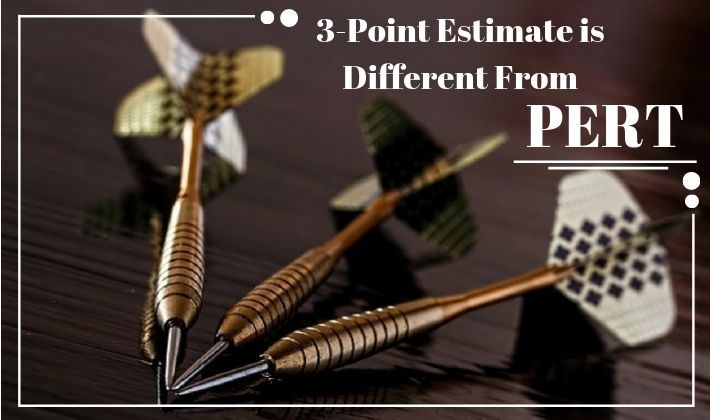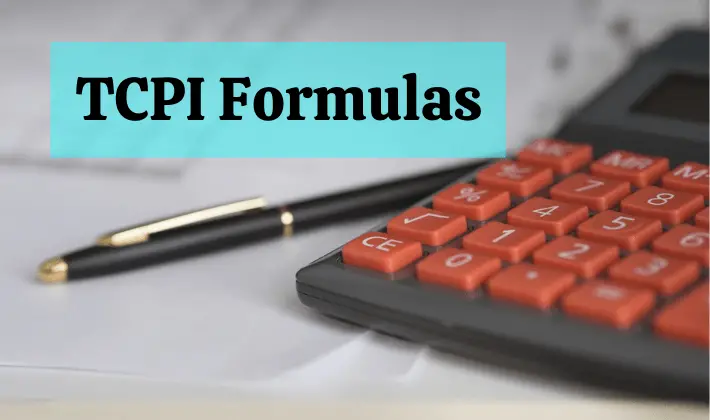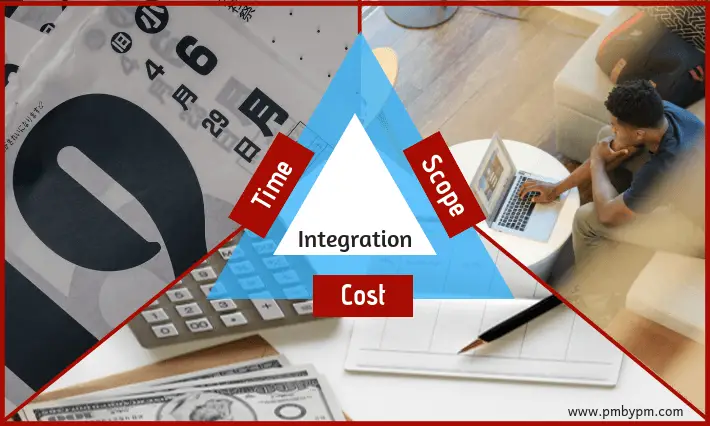Variance And Standard Deviation In PERT Formula [PMP]
You might be looking to understand the usage of variance and standard deviation in PERT formula. PERT is an acronym for Program Evaluation and Review technique. This technique is used to determine duration and cost estimates of a task. In this technique, a weighted average (mean) of three different estimates is used to determine the…

![Variance And Standard Deviation In PERT Formula [PMP]](https://www.pmbypm.com/wp-content/uploads/2013/04/pert-variance-standard-deviation.png)





